Hope’s How-To: Build a Robin’s Nesting Shelf
Written by H, Posted in Hope's How-To
Spring is always an exciting time of year: The days are getting longer, the sun is shining brighter, and there are signs of new life everywhere. All this to say, we’ve had a less than stable Spring so far, what with fluctuating temperatures and seemingly endless snow. That’s got the returning robins scrambling, looking for a secure place to nest, and also foraging for food.
You’ve likely noticed the beautiful birds by the roadside or out on your lawn, looking for worms, berries, or other items to eat. They’re also deep into scouting season — looking for the best place to settle down, lay their eggs, and raise their young (for a full 13 days).
Being the compassionate person that I am, — save all the animals! — Wes agreed to build me a robin’s nesting shelf (or two!) to see if we could welcome a couple of new feathered friends to our home.
It doesn’t have to be complicated, in fact building a robin’s nesting shelf can be quite simple. You don’t have to use the best wood, and measurements don’t need to be exact. Just remember to include the fundamentals of a sturdy shelf made from non-pressure treated wood, a shelf approximately 8 inches squared (or something in that range), a height of at least 7 feet off the ground.
Here’s how Wes built ours:
- For building my robin’s nesting shelves, Wes used 4-inch Spruce straps, non-pressure treated. You could use any other kind of wood, permitting it’s not pressure treated. Wes just used Spruce straps since we had them on hand.
- The platform should be approximately 8 inches squared, and depending on where you plan to install the nesting shelf, it may or may not need a roof (cover). Wes made one for me without a cover for under our covered porch, and one with a cover that’s on a more exposed side of the house.
- Another key is that you don’t want to have any kind of barrier on the front of the nesting shelf.
- You’ll also want to be mindful that the nesting shelf is secured in a location where there is no way for cats or squirrels to climb up into the nest.
- A good rule of thumb for where you’ll locate the nesting shelf, is to find a place close to your home that is between 7 feet tall and tree top height. It should be in a location that gets some sun, but also stays cool and dry.
- Many people choose to secure a robin’s nesting shelf onto their home (rather than in a tree or on a fence) because predators like cats, squirrels, and even other birds (like Starlings or Crows) are less likely to get too close to your house. (You may have noticed in the past, that sometimes robins will choose to nest above a porch light or on top of a downspout, and this is why.)
- If your house is made with brick or stone, secure the nesting shelf with a tap-con or a concrete nail. Be sure to pre-drill to the appropriate size for that fastener. If your house is made with siding, before drilling, make sure you’re not compromising the house material or drilling into electrical/plumbing/etc.
- When the season is over, make sure to dispose of their old nest and clean the nesting shelf. Old nests have the potential to breed lice or mites. Besides this, next year, returning robins will build a fresh nest.
- If you’re looking to make your nest shelf even more attractive, you could set out some berries or meal worms for the robins.
Robins appearing are a sure sign of Spring. I hope you are able to take some time to get outdoors and appreciate the beauty of God’s creation during this season!
“The bird also has found a house, And the swallow a nest for herself, where she may lay her young…” {Psalm 84:3}

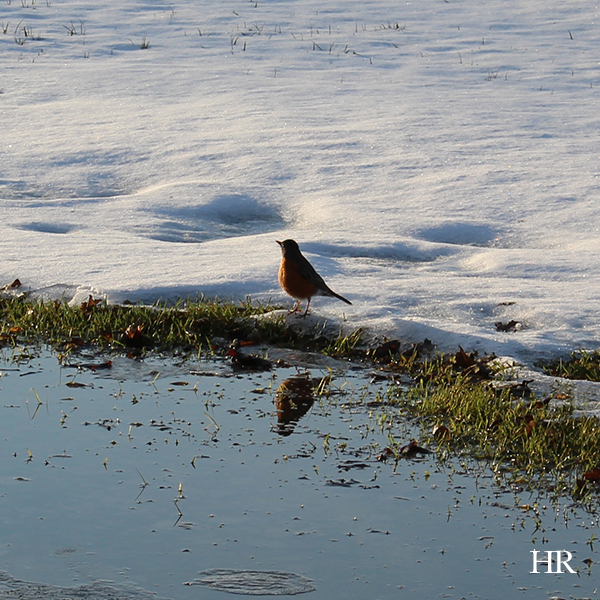
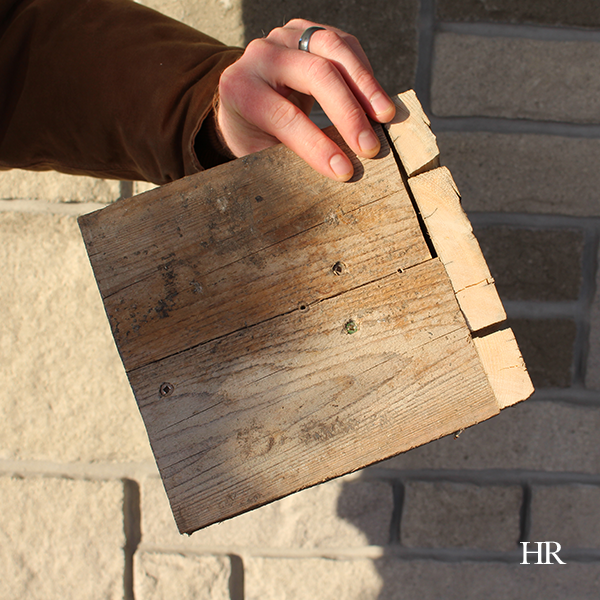
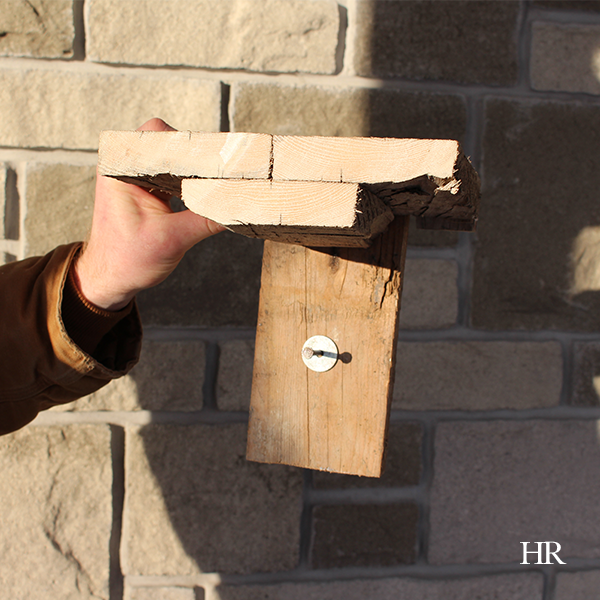
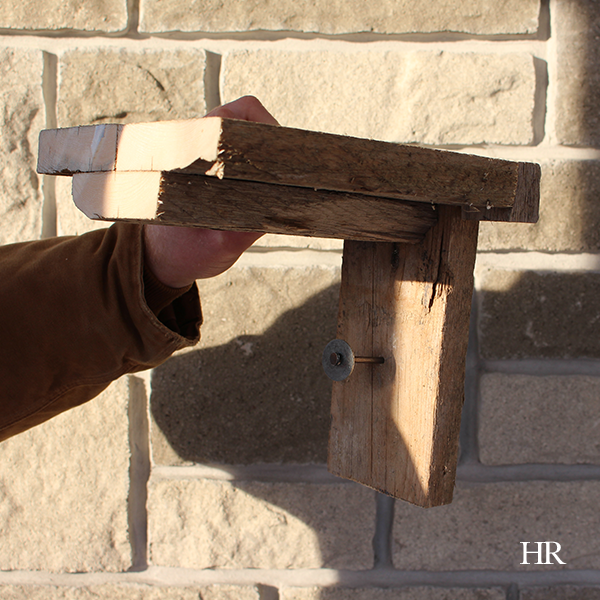
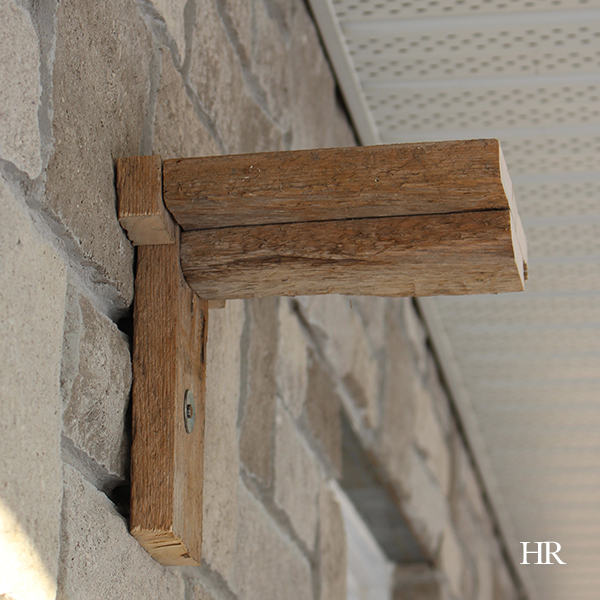
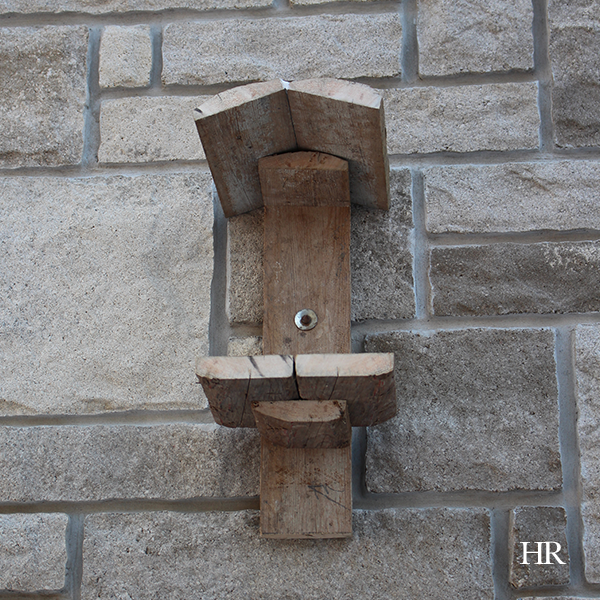
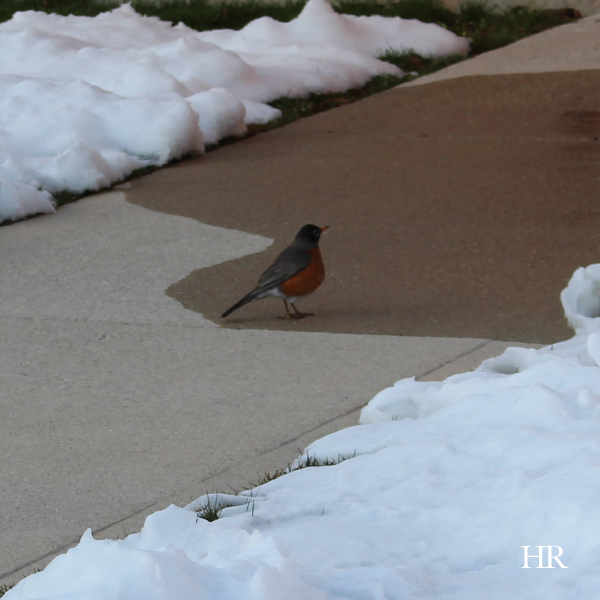

![False friends or counterfeit kindness; whatever you want to call it, the world is filled with people who will say one thing to your face and then another behind your back; people who will woo you in order to get something from you.
It’s sad, but it’s true.
The Bible provides us with examples from Joab to Judas, and yet, we’re surprised when we find ourselves deceived and hurt by someone else.
So what are some of the hallmarks of a true friend?
You can read more about this on hopereflected.com [Link in profile]
.
.
.
#friends #friendship #kindness #counterfeitkindness #hurt #proverbs #truefriends #hopereflected #blog #blogpost](https://www.hopereflected.com/wp-content/plugins/instagram-feed/img/placeholder.png)